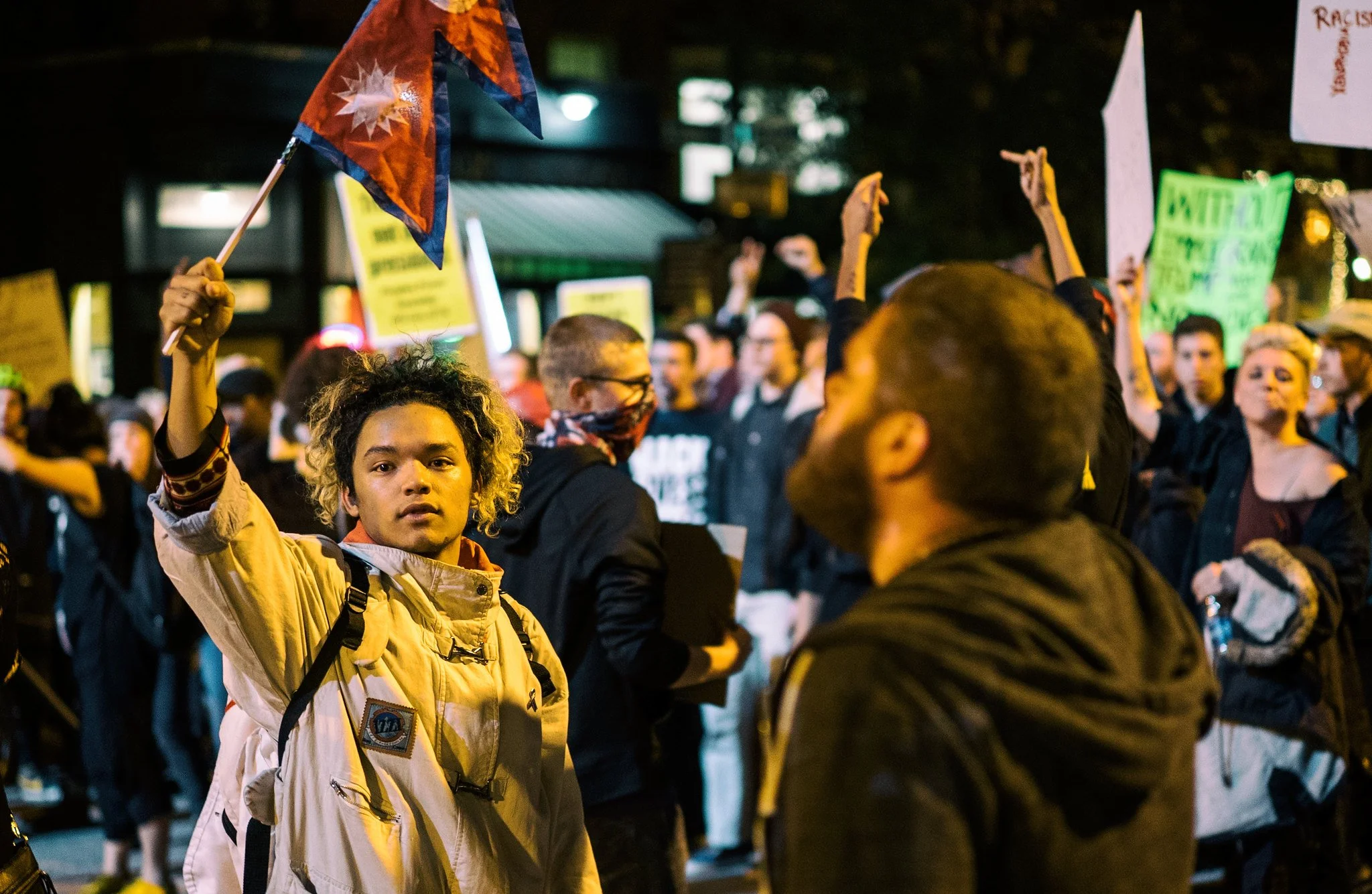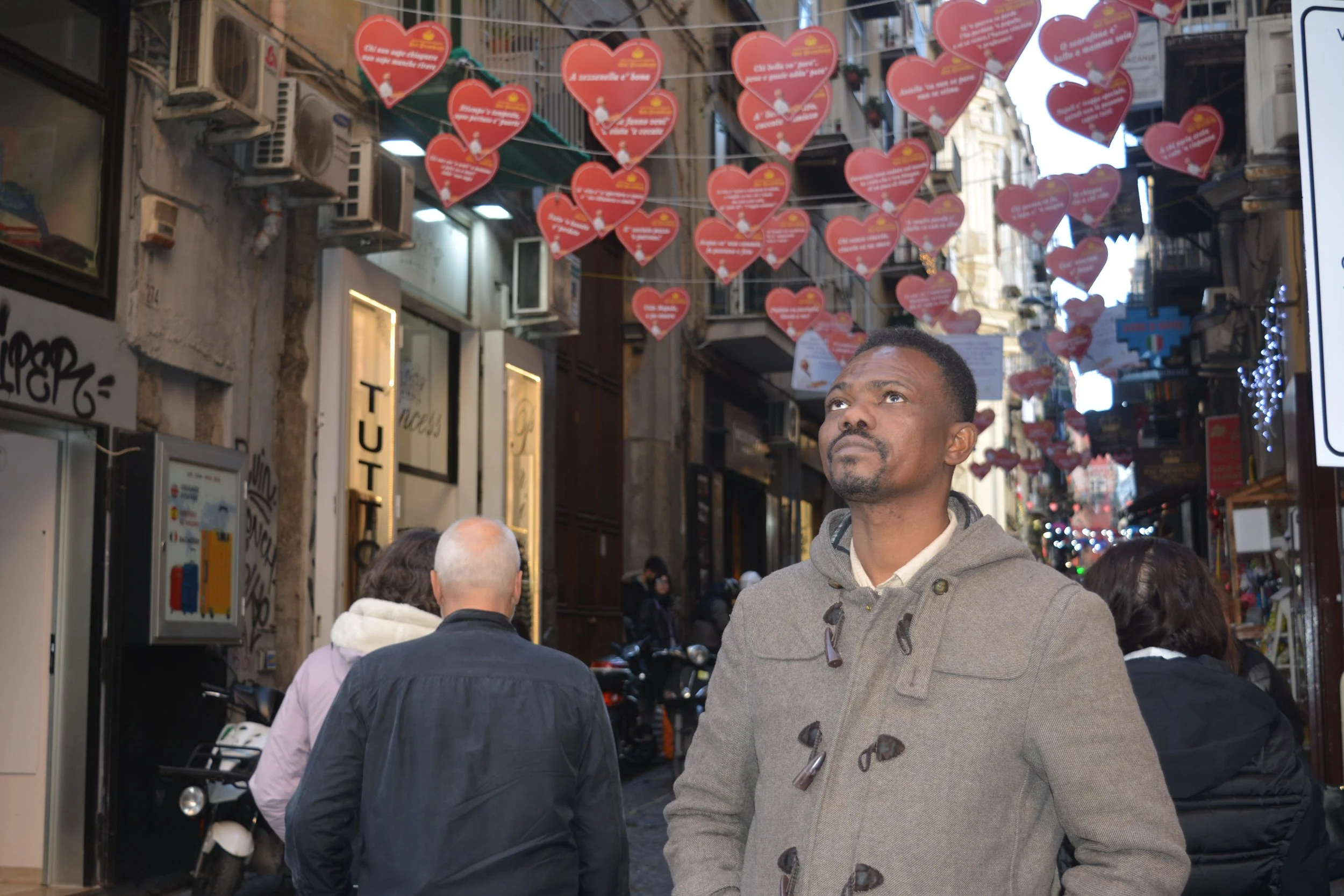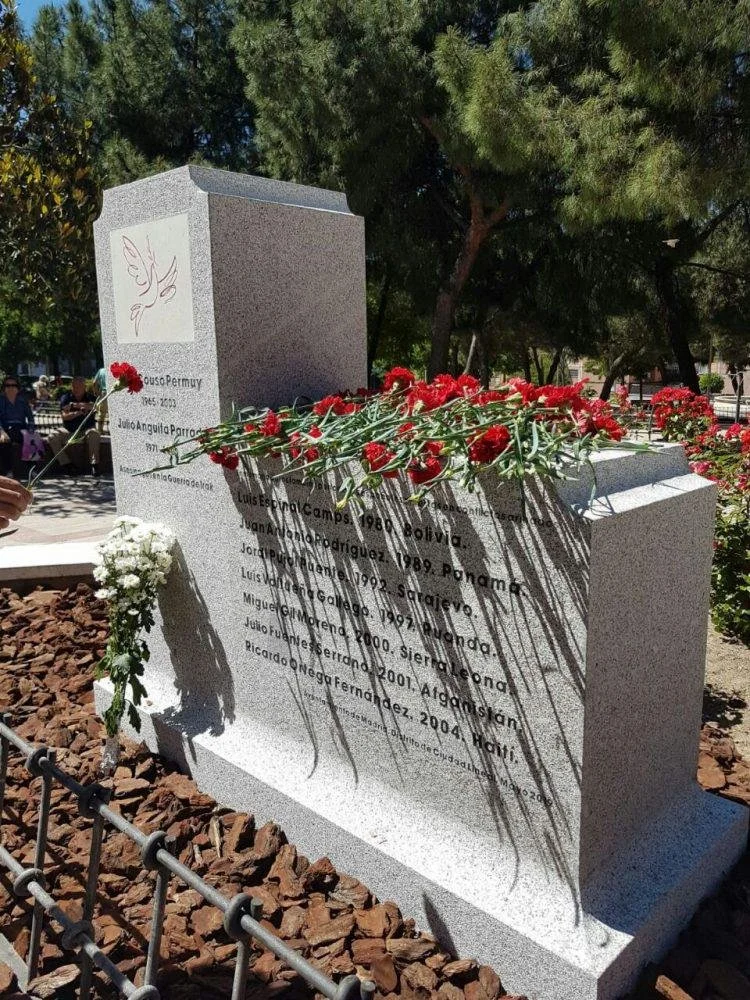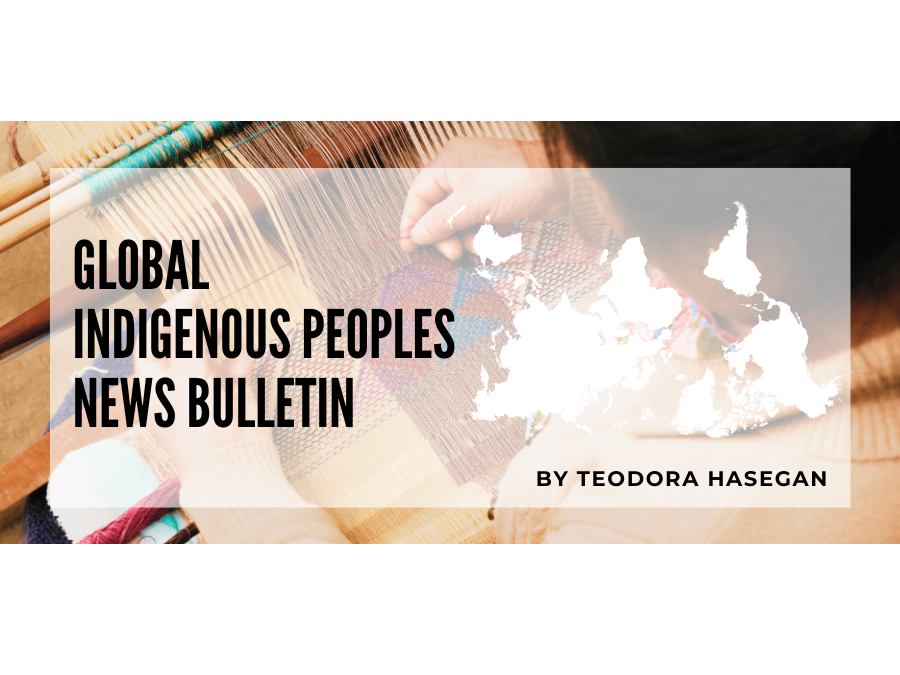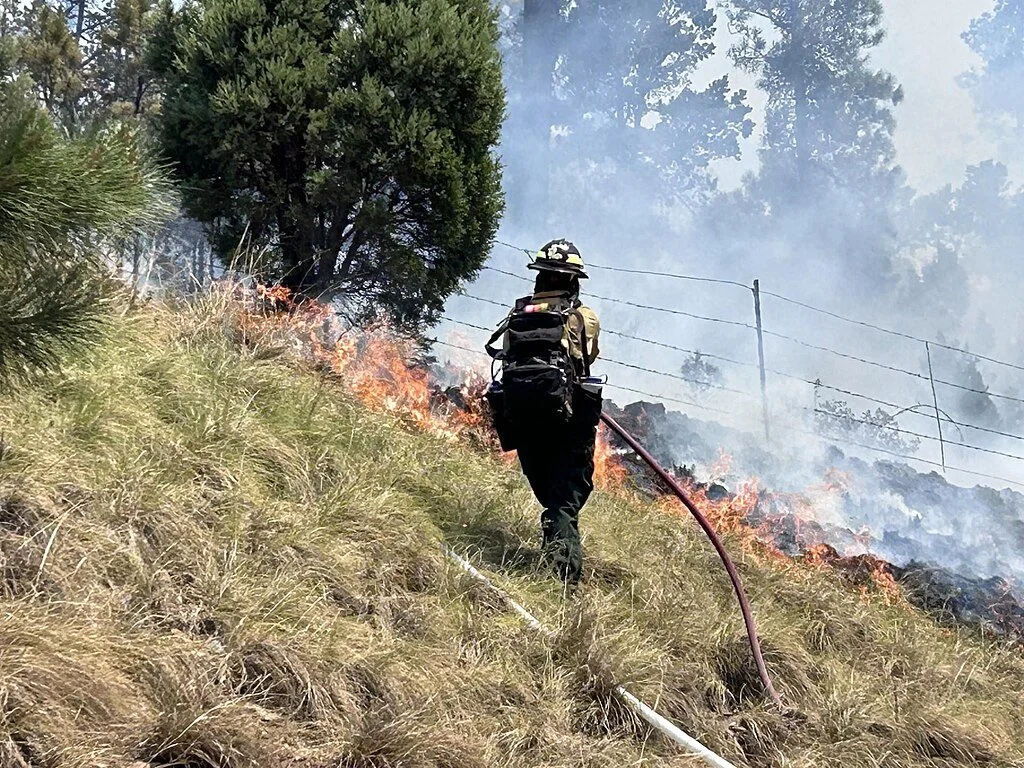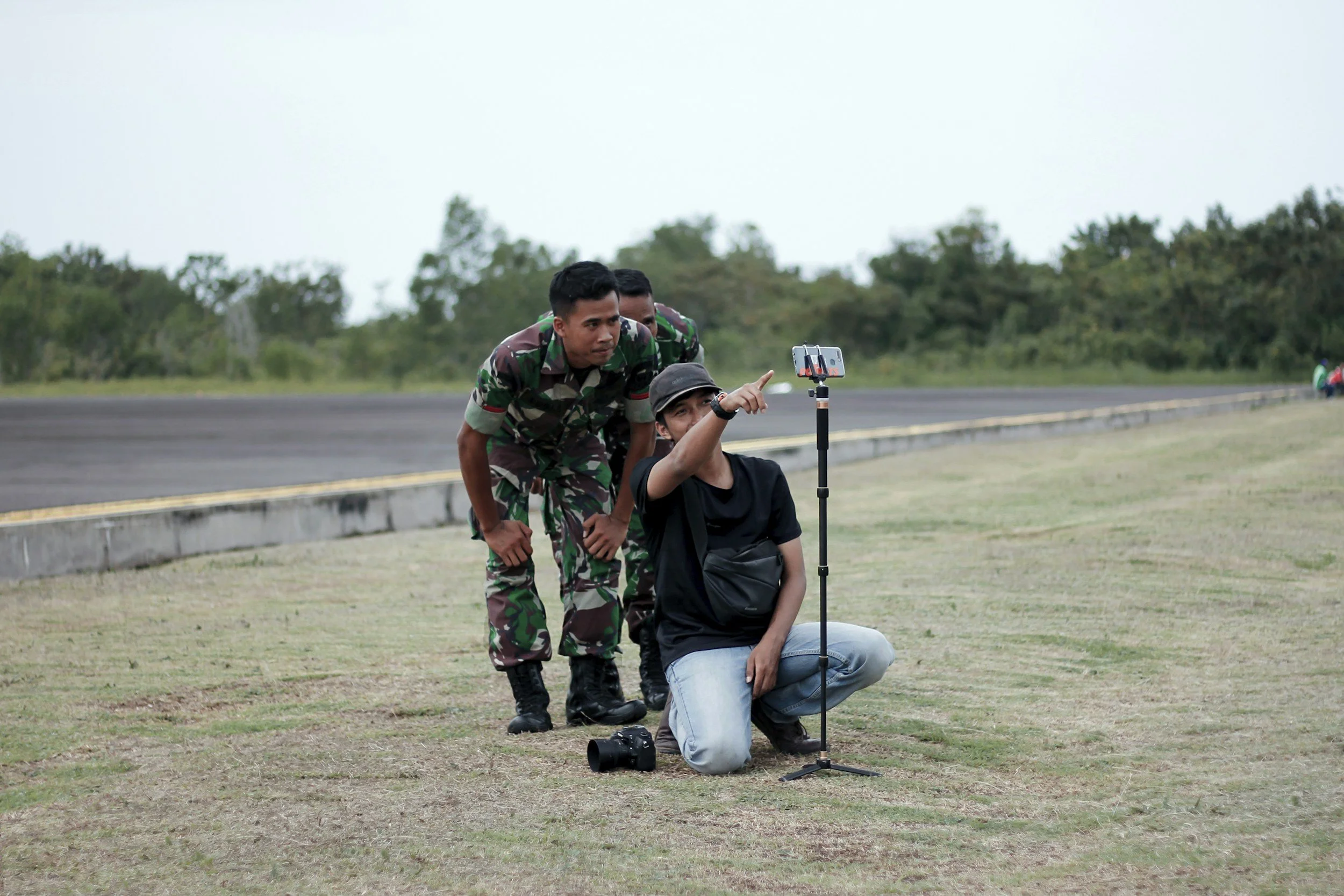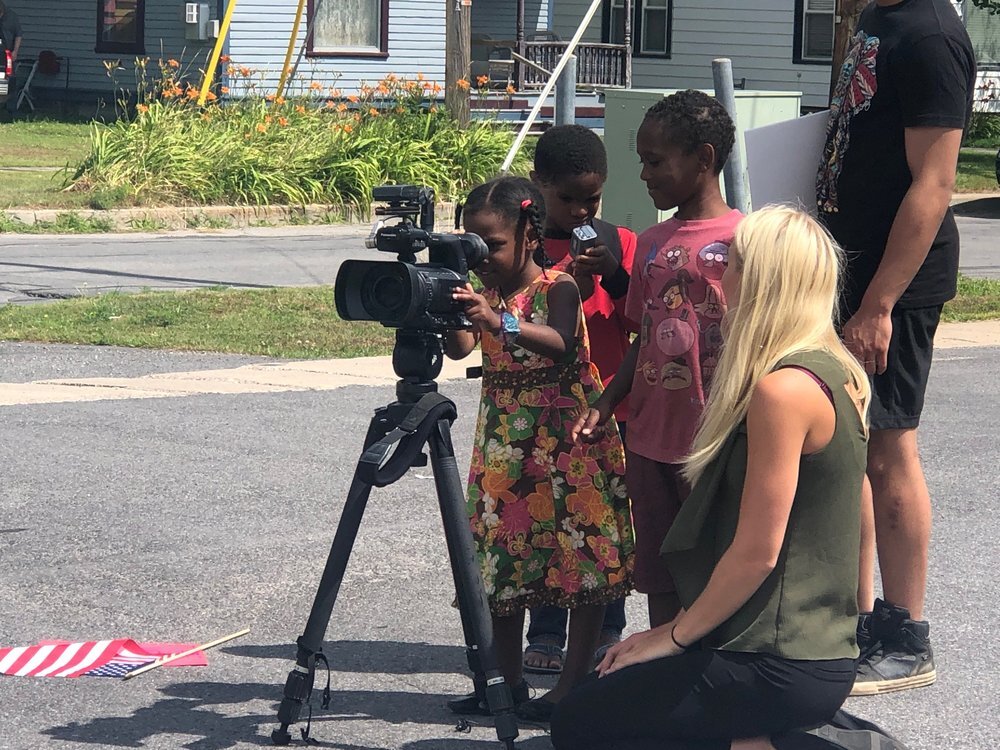
Stories
News

Analysis
Voices
Podcast
Announcements
Events
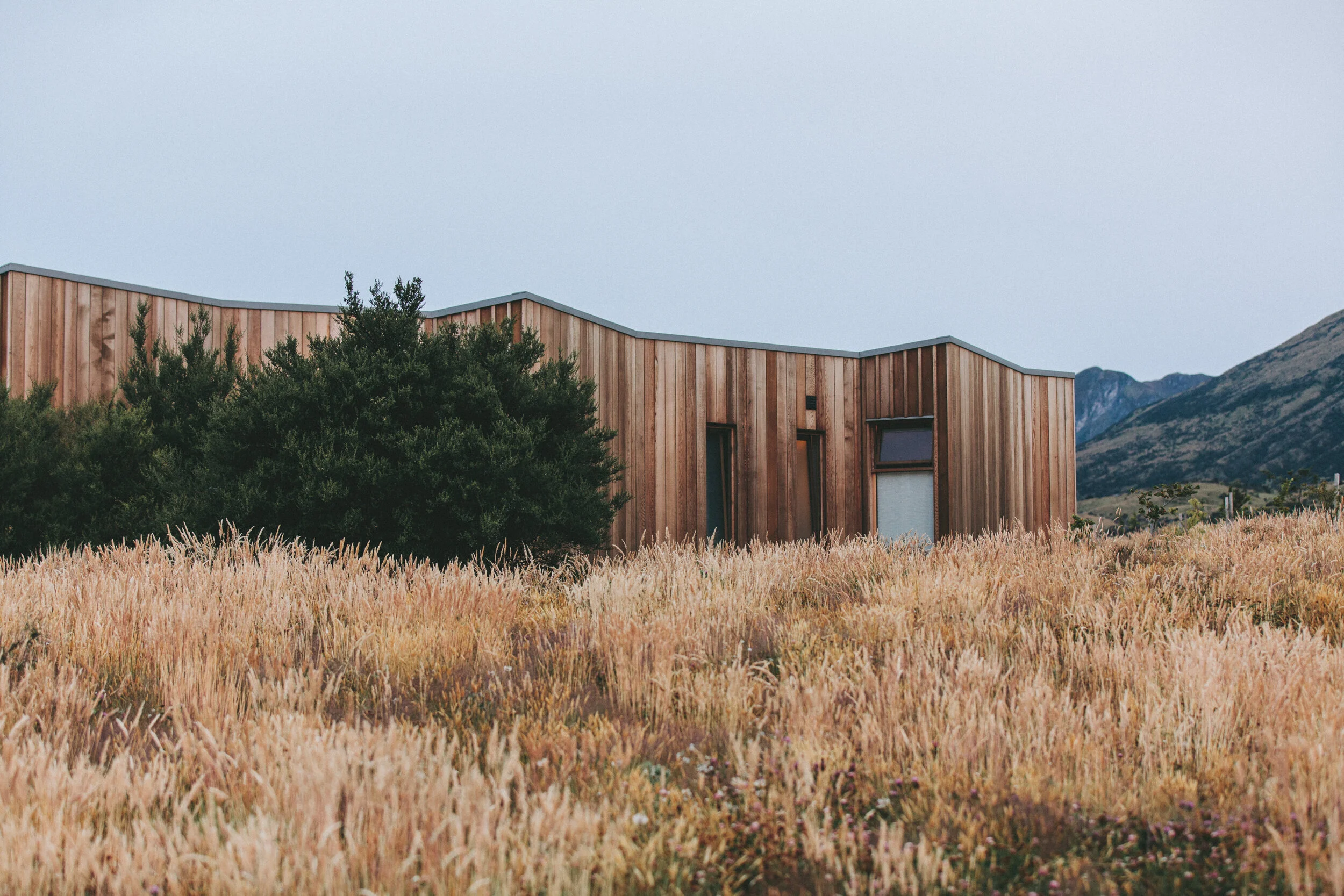
All Stories
Intersecting Roots: A Lost Sense of Authority
“Jordanians are angry that the country’s economic dependence on the United States would be further compounded by this new dependence on Israel for water. Given that the Jordanian regime’s survival is closely intertwined with the West, any disagreement with either the United States or Israel could be detrimental to the country’s stability. The water-energy deal would exacerbate this relationship, and locals were quick to reject it.”
Intersecting Roots: Arab Diversity in Amman
“Amman has experienced successive waves of Palestinian, Iraq, and Syrian refugees for many decades as it is seen as the most economically, socially, and politically stable capital in the region. Therefore, many of the refugees — displaced by decades of “western” (especially American) interjection into the region — tend to resettle in Amman…People of various Arab regions were removed from their homes and a once familiar life, and forced to relocate and re-establish their lives and stories elsewhere so often, and yet have not forgotten the foundation of their strife.”
Amman: A Blank Canvas For Public Expression
By Cassandra Kunert
In her second contribution to our Weaving the Streets series, Cassandra Kunert checks in from Jordan’s capital, Amman. “While the street art movement in Amman is only beginning to emerge, the artists have taken the blank canvas of the city to express both the personal and the public,” she writes. “Inshallah, in the years to come they will continue using public spaces for artistic expression.”
Weaving the Street Art of Amman
By Bridget Ireland
In her fourth post for our Weaving the Streets project, Bridget Ireland reflects on the emerging street art scene she encountered in Amman, Jordan, from innocuous and easily-ignored graffiti to celebrated and officially-sanctioned public art.
"Do It Arabic": Interacting with Palestine in Jordan
By Bridget Ireland
A very large part of Jordanian culture today is interwoven with the effects of the Palestinian-Israeli conflict. Jordan is a nation of about 10 million people, and almost 2 million are here as refugees from Palestine or descendants of these refugees. It is not abnormal to see the Palestinian flag flying alongside the Jordanian flag, and Palestinian food and dress are common. Many generations of families who live in Jordan identify as being Palestinian and speak of their roots. Tragically, it is rare for those living in Jordan to be able to return to their homeland or even visit relatives in Palestine as Israel controls the visa process. Part of a recent art exhibit at Darat Al-Funun named “Do It in Arabic” I attended helped to include visitors in the art as a way of conveying the realities of the Palestinian struggle.
Posters and Politics: A Report from Amman Design Week
By Bridget Ireland
Created by Wael Morcos of Lebanon, the poster to the left highlights an important characteristic of Jordanian culture in stunning simplicity. Surprisingly to many Westerners, English is very prevalent in a Jordanian’s everyday life. When I arrived in Amman, I was caught off guard by the amount of English present. Street signs, restaurant advertisements and storefronts almost always display both the Arabic and English names. Looking into the history, I have learned that the use of both languages is is in part due to the historical occupation by Great Britain until 1946. However, English is also becoming more popular in media, music and of course, art (check out Majed Mohamed Hasan Drbseh’s comments in this article from the International Journal of Scientific and Research Publications for more information on both languages in Jordan) for the general population. My initial impression of this poster was that the bold English text was targeting the Western world and urging English speakers to be aware of civil liberties. However the subtle and more graceful Arabic script suggests that it is a better representation of the blending of both languages in political life. This poster is a very accurate representation of life in Jordan, where a globalizing world has led to a need to advertise messages and communicate in both English and Arabic.


